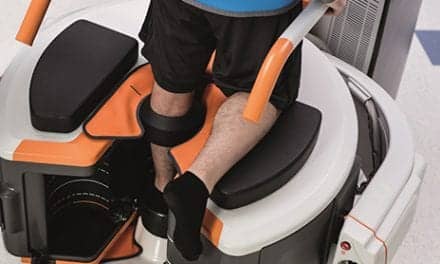Physical and occupational therapy visits were inversely associated with the risk for hospital readmission and death in patients with pneumonia, according to a study published in JAMA Network Open, Healio reports.
“Our study provides support for the use of [physical therapy (PT) and occupational therapy (OT)] in the acute-care setting for patients with pneumonia and influenza-related conditions.
“The effectiveness of PT and OT was even greater when looking at the subgroup of individuals with mobility limitations on admission. While the reasons for these findings were not explored in the study, we believe the results are likely due to therapists promoting mobility and exercise and assisting with discharge planning to ensure patients are discharged to the correct setting.”
— Janet K. Freburger, PT, PhD, FAPTA, a professor in the department of physical therapy at the University of Pittsburgh School of Health and Rehabilitation Science
EHRs, Admin Claims Examined for Data
Freburger and colleagues examined electronic health records and administrative claims from 30,746 patients with a primary or secondary diagnosis of pneumonia or an influenza-related condition. Cases included patients from 12 acute-care hospitals in western Pennsylvania with a diagnosis between Jan. 1, 2016, to March, 30, 2018. The study’s primary outcomes were hospital readmission within 30 days or death.
Among the patients, the readmission rate was 18.4% and the 30-day death rate was 3.7%. The risk of 30-day readmission or death relative to no therapy visits declined as therapy visits increased (OR for one to three visits = 0.98; 95% CI, 0.89-1.08; OR for four to six visits = 0.89; 95% CI, 0.79-1.01; OR for > six visits = 0.86; 95% CI, 0.75-0.98), a media release from Healio explains.
One of the study’s limitations was that the researchers did not record the content of the therapy visits — an issue that would be beneficial for further research to address, Freburger notes.
“We used EHR data and billing data to control for differences in patients who did and did not receive therapy, but we may not have adequately controlled for all the differences,” she adds.
“Future studies could potentially use more EHR data to account for patient differences,” she concludes.
[Source: Healio]
Related Content:
Rehabilitation Strategies for COVID-19 Patients Include Physical Therapy
How Physical Therapy Can Prevent Deadly Coronavirus Symptoms
Preop Physical Therapy May Help Reduce Pulmonary Complications





